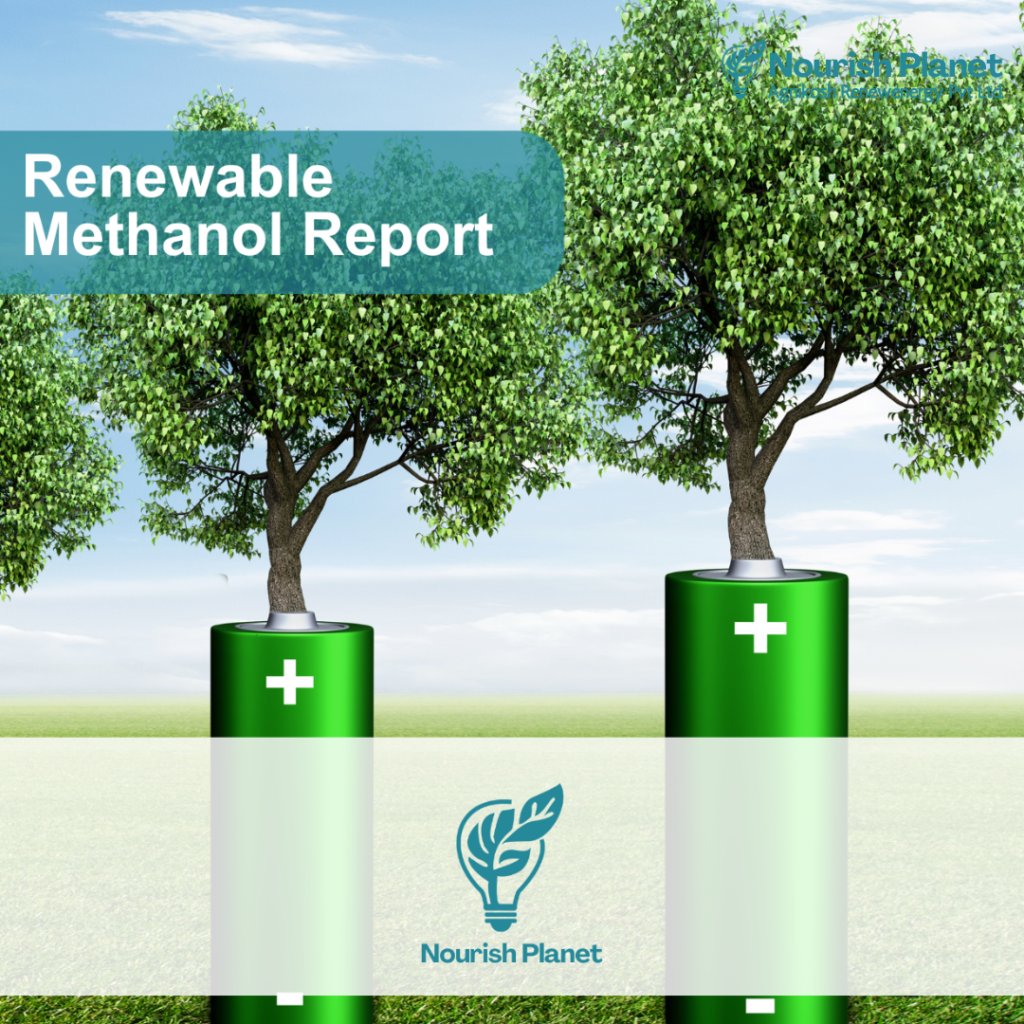Project Urjaswa (The Energy Transformation by Municipal Solid Waste Treatment)
Urjasav (Plasma) is an ionized gas energized to the point where electrons are freed from their atoms or molecules.
It is one of the four fundamental states of matter, alongside solid, liquid, and gas. Urjasav (Plasma) can be understood as a gaseous mixture of negatively charged electrons and highly charged positive ions. It is created by heating a gas or by subjecting it to a strong electromagnetic field.
Plasma is similar to gas, but with a key difference: a portion of the particles are ionized. When a gas is heated, its molecular bonds break apart, separating it into individual atoms. Further heating leads to ionization, where atoms lose electrons, transforming the gas into plasma. This results in a state that contains charged particles: positive ions and negative electrons.
The temperatures and densities of Urjasav (Plasma) can vary greatly, ranging from relatively cool and tenuous to extremely hot and dense, like the central core of a star. Unlike solids, liquids, and gases—which are electrically neutral and too cool or dense to be in a plasma state—plasma consists of free-moving electrons and ions, or atoms that have lost electrons.
Energy is required to strip electrons from atoms to create Urjasav (Plasma). This energy can come from various sources, including thermal, electrical, or light energy (such as ultraviolet light or intense visible light from a laser). If the energy supply is insufficient, plasma will recombine into a neutral gas.



